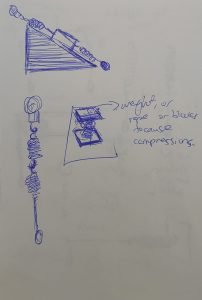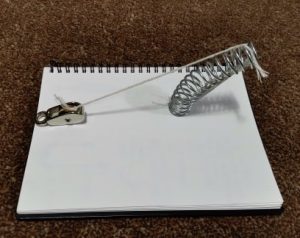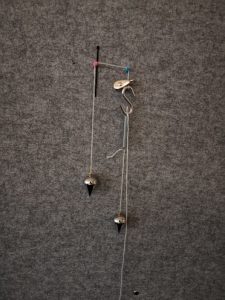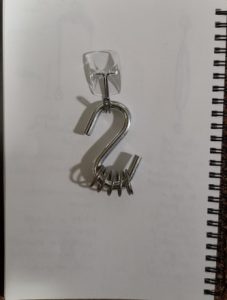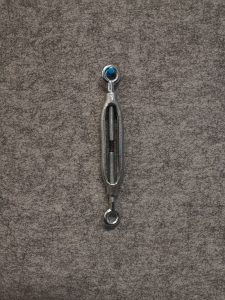Following on from my preliminary research, I wanted to use springs to create devices/mechanisms that would influence the way I paint. However, class discussions brought my attention to the effectiveness of considering the springs on their own. Hence, I developed a fascination with springs as entities or objects with their own sense of agency. I had drawn several sketches of potential interactions between springs and other objects such as weights, strings and pulleys, but had felt stuck on attaching meaning to them and developing a solid conceptual framework within which to interpret the springs.
As such, I created a second mind map that explored the essence of springs- what they are, how they function on their own, as well as how they interact with other objects in spaces.
This is some of what I came up with:
- Springs are used to push things together, keep them apart, or otherwise act as intermediaries between other objects with agency, to ensure that systems and interactions function in the most optimal way.
- They are made to be overlooked (like cogs in a system)- from their function to the way they look.
- They are aesthetically beautiful.
- They are usually not found alone.
- They are made of spring steel- some prominent elements within the steels can be used for their magnetic properties. They can become stronger and harder through heat treating, at the expense of becoming less ductile.
- They reminded me of people, from their presence, to the way they worked in systems. I also felt a similarity between spring individuality and human individuality (different functions, strengths, resilience levels, colours, forms, etc.)
From these, I decided that I’d explore how the springs function on their own, or in settings that they’re not usually found in. I wanted to highlight their agency and their potential as objects within themselves, and bring attention to an important piece that is usually overlooked. I thought this might be most effectively done by creating small sculptures using the materials I had already collected.
I experimented with different configurations until I arrived at what I felt portrayed springs in a different light. Here are some experimentations:
For my final project, I chose specific configurations from my experiments and presented the following:
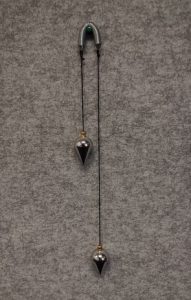
Spring manipulated and weighed down by heavy objects. Used in a way that is not typical, and horseshoe shape alludes to magnetism.
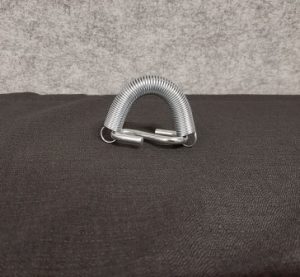
Spring is again manipulated. Inversion of roles, where the hook (that the spring usually hangs onto) is restricted by the spring’s dominance. Neither functions in typical ways.
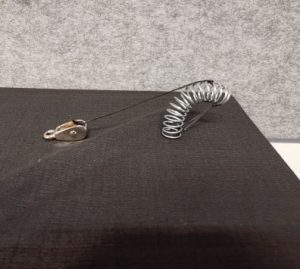
Here the spring is being restricted from doing what it usually does (returning to original position) by ropes, that are binding it and restricting its movement. It also appears to be influenced by the pulley (like a cog in a system), and the relationship between the two creates an unusual, paradoxical situation.
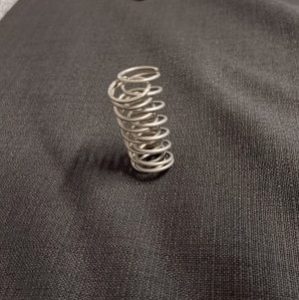
This was done to move away from the notion that springs are lonely objects, that are usually seen removed from other springs. There seems to be some form of intimacy between the two springs. Presenting the springs on their own also removes any background noise that may come from other objects.
Here, I’ve worked to present the springs in ways that are atypical compared to their usual functions, and that create paradoxes in the ways they interact with other objects in the space. I’ve tried to use hooks that compliment the works, and really wanted to use a black tablecloth to strengthen the presence of the sculptures and create a smooth finish. I’ve also painted all the strings black, as I thought it’ll better aesthetically compliment the objects. Finally, I wanted to present all the sculptures together, as I thought this collectiveness would allow them to compliment one another and clarify my intentions for what I wanted the springs to talk about.
Based on class feedback, I think I could take this further in the future by considering the ways in which presentation influences the reception of the works. I would also like to spend more time considering each sculpture on its own to better thoroughly consider its potential as an important object with agency.

